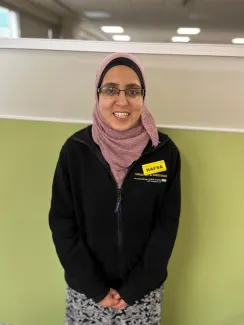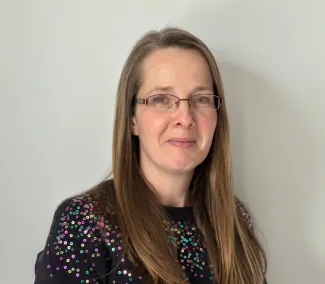Current research suggests that professionals find communicating with teenagers and young adults challenging. The reasons for this are likely because of a number of factors, including the developmental and transitional nature of adolescence, and the lack of formal training opportunities for healthcare professionals. Communication is a core skill for professionals who care for young people. Training is ad hoc and only a minority of training is interprofessional, despite the recognition of the importance of multidisciplinary care in this specialist field. If young people aren’t heard and understood, they can be labelled as difficult or a challenge, which inhibits their involvement in decisions about their care, and undoubtedly affects their future care.
What we did
CCLG: The Children & Young People's Cancer Association offered us a grant to write a good practice guideline. Motivated by our work having a clinical impact, and limited communication training opportunities for multi-professionals working in TYA cancer, we welcomed the opportunity to write a guideline that would have clinical value.
We gathered a national group of TYA experts to work with us. The aim was to create a resource based on the latest evidence, relevant to a broad range of healthcare professionals. The guideline aims to equip professionals with tools to effectively assess young people’s preferences and engage them in communication at the level they want and need.
The recommendations in the guideline were formed by combining the findings from a scoping review of the literature and a national questionnaire sent to professionals in the UK. The scoping review is now published and can be accessed for free.
A questionnaire was sent to patients about their own communication experiences and 24 responses were received and analysed by four researchers.
Developing the guidelines
Data from the two sources was then integrated into the guideline using a group of UK experts.
The guideline outlines the key findings, with three key themes covering:
- nature of adolescence and its intersection with cancer
- impact of supporters
- role of healthcare professionals
The guideline explores how to understand TYA individual perspectives, central to developing rapport, and the multifaceted role of supporters who can be both helpful and unhelpful in communication encounters. Healthcare professionals must assess the communication preferences of young people and engage with them at the level they want. What’s more, communication preferences aren’t static but instead change as young people move through the cancer trajectory and become more familiar with treatment and healthcare environments and fluctuate with symptom burden.
At times, young people want, and are able, to take the lead in communication and decision making with professionals and at other times they prefer someone else to take the lead on their behalf or do it together for a variety of reasons. Triadic communication (involving a patient, a caregiver, and a third party) is a key feature of young adult cancer care that healthcare professionals could benefit from specific training on. The final portion of the guideline provides practice recommendations linked to the Calgary-Cambridge guide to the medical interview (which incorporates the importance of patient-centred medicine including the building of a relationship and shared decision making).
The completed guideline was launched at the national CCLG conference in 2024 and was received positively. It’s freely available to download on CCLG’s website, to allow it to be shared widely to healthcare professionals. We hope it has clinical value and raises awareness of the critical role of clinical communication and gives professionals practical advice on communicating effectively.
From Contact magazine issue 106 | Spring 2025




